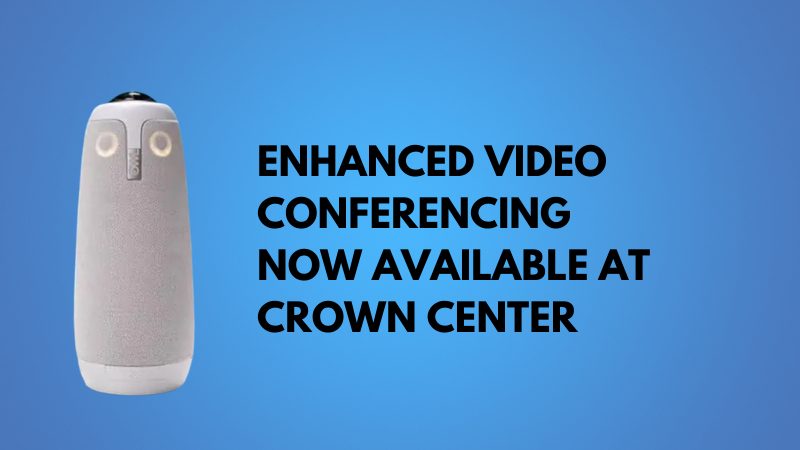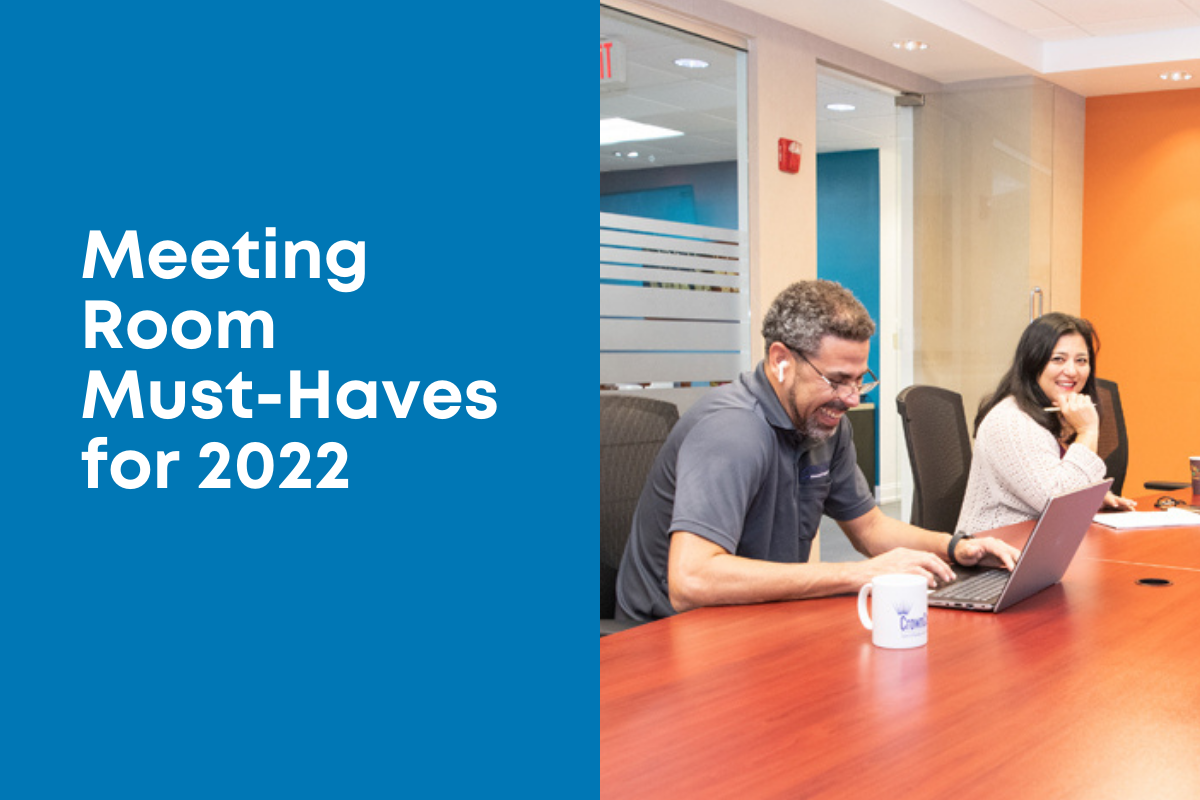
Creating A Successful Hybrid Work Environment
Few things have fluctuated as much as the American workplace has over the past few years. We were trending toward remote before 2020 and then nearly all workplaces were forced there due to the pandemic. Next, a wave of pushback boiled to the surface as the RTO (return to office) trend grabbed headlines. Companies from Amazon to Citigroup to Walmart order employees back to the office and in some cases, invite them to quit if they don’t want to comply. Other big corporations have leaned into hybrid work environments to try to meet their needs and appease those of their workers, such as 3M and Google.
The facts point to a deeper problem. The genie has been let out of the bottle for workers. They can save money on gas, car wear and tear, child care, etc. They can enjoy a higher balance in work and life and use the hours they would be commuting to take care of themselves and their families. They can’t unsee the benefits they have seen. The traditional management mindset has been challenged on the employer’s side. Things like productivity and accountability have to be measured in new ways. Collaboration, innovation, and culture must be reframed for a workforce that is not always together IRL. As the headlines illustrate, a disconnect exists, but with a blueprint that covers the objectives of both the employer and the employee, a successful hybrid workplace is possible.
Exploring 4 Strategies For A Successful Hybrid Workplace
WHERE? Flexible Workspaces
The hybrid workforce is often “left to their own devices” to construct their remote workspace. Working from a kitchen table or a bedroom desk may be the perfect option for some, but for others, it could lead to burnout and lack of focus. Savvy companies dedicated to fostering a thriving hybrid work environment start with the where.
By offering flexible workspaces, the hybrid workforce can tap into the best of both worlds, supporting their work-life balance needs and the productivity objectives of the business.
Flexible workspaces can take the form of executive suites, multi-room office spaces, meeting rooms, shared spaces and virtual offices. These workspaces may be only used during peak seasons, during essential project deadlines, or when collaboration or team meetings are required. The workspace center is often closer to the hybrid worker’s home and can be scheduled during off-hours if needed to avoid traffic congestion.
HOW? Tech Tools
A seamless technology strategy is an important yet often overlooked aspect of a thriving hybrid work environment. The tools needed to facilitate collaboration and communication among hybrid teams become the business’s baseline. To be successful, hybrid employers should consider technology that supports video conferencing, project management and virtual collaboration to ensure that remote workers remain connected and productive.
WHO? Management
Traditional management techniques might need adjustment as workforces are spread out among time zones, cultures, and communication styles. In a recent interview, Nike CEO John Donahoe blamed remote work for the company’s innovation slowdown and dearth of fresh products. Was remote work to blame for Nike’s lack of innovation or was the management of the remote work failing to nurture the hybrid work environment, measure and facilitate success? That may be the better question to ponder. Organizations that focus on education, training and support to help employees navigate the challenges of a hybrid work environment are finding great success.
This type of guidance might come in the form of:
- Guidance on best practices for remote collaboration
- Time management strategies for remote workers
- Resources to support employee well-being and mental health
- Manager training to help optimize distributed team performance
WHY? Culture
Studies report that around 90% of employees consider culture to be a major factor in their decision to stay with a company, and up to 41% of employees leave due to issues with company culture and engagement. Additionally, employees who feel valued, supported, and like they belong within a positive culture are much more likely to stay with their employer. A proactive strategy is required to foster culture in the workplace, especially in a hybrid work environment. To foster a positive culture in a hybrid workplace, prioritize open communication, regular check-ins, utilize collaborative technology, plan virtual team-building activities, ensure inclusivity for both in-office and remote employees, and actively recognize achievements, all while building trust and fostering a sense of belonging across the team, regardless of location.
Key strategies for building a strong culture in hybrid work environments:
- Intentional communication: Lean into technology to ensure that all employees receive communication – both informal and formal.
- Schedule regular team meetings with clear agendas to ensure everyone is on the same page.
- Explore virtual team-building efforts like virtual coffee chats or virtual team-building activities that encourage collaboration and fun.
- Recognition and appreciation initiatives that publicly acknowledge individual and team accomplishments, both in virtual and in-person settings.
- Onboarding and training strategies that integrate both remote and in-office employees to ensure everyone feels welcomed and informed.
The success of a hybrid work environment hinges on the thoughtful integration of flexible workspaces, effective management techniques, cutting-edge technology, and a strong organizational culture. By providing adaptable and collaborative environments, fostering open communication, leveraging innovative tools, and maintaining a sense of community, companies can empower their teams to thrive in both remote and in-office settings. Ultimately, it’s the balance between these elements that will drive productivity, engagement, and long-term success in today’s evolving work landscape.
Crown Center Executive Suites supports the ever-changing needs of businesses of all sizes through its state-of-the-art facility in central Fort Lauderdale. Check out Crown Center Executive Suites’ many office space options that support small and midsize businesses, including:
- Professional Office spaces
- Spacious Executive suites
- Meeting rooms for Large and Small Groups
- Flex Options like Day Offices on Demand and Virtual offices
- Shared Offices & Dedicated Desks
Need a meeting room in Fort Lauderdale to meet with your client one-on-one? Book online here.
Check out Crown Center Executive Suites, your business partner, for a range of flexible workplace options, including:
- Professional Office Spaces
- Spacious Executive Suites
- Meeting Rooms for Large and Small Groups
- Virtual Offices
- Shared Offices
Schedule your tour of Crown Center Executive Suites today!
Additional reads that might interest you:








